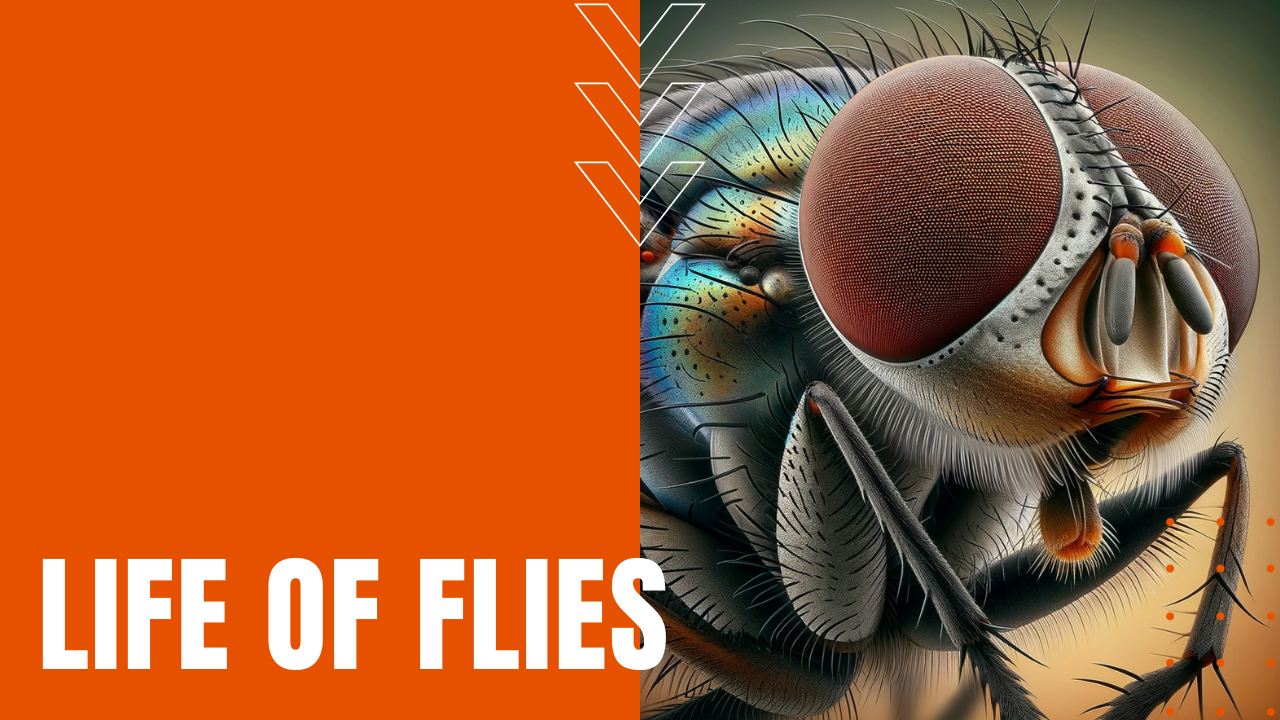The Life of Flies

Although most insects have four wings, the more than 110,000 species of flies in the insect order Diptera, which also includes mosquitoes, are distinguished by a single set of wings. Native to every continent on earth, including three species in Antarctica, flies have Halteres near the base of their wings, which allows them to balance in flight, although many parasitic flies lack wings altogether.
Short Life Cycle
With a life cycle of 15 to 30 days, dependent upon the species, flies lay their eggs generally in moist environments, laying up to 300 eggs in a day, which in turn hatch into larvae in eight to twenty hours. Molting several times during their three-phase larval growth stage, a fly reaches its Pupal stage, generally within three days in warm temperatures. Protected by a hard larval skin known as a puparium, pupas live off their own fat stores until they transform into adult flies in four to six days.
Little Benefits
Many diptera yield benefits to mankind, including flower visiting flies that help cross pollinate flowering plants, while the maggots of hover flies are welcomed by gardeners due to their ability to feed on common pests such as aphids. Many parasitic flies feed on moth caterpillars, beetle grubs and other common pest species, while some species of gall midges and fruit flies have been introduced into North America for their usefulness as weed biocontrol agents. Finding their way into research laboratories, species of the Drosophilidae have been employed in genetic studies, due to their short lifespans, enormous salivary gland chromosomes and ease of culturing.
Major Detriments
On the flip side, however, many species of flies have proven to be a serious detriment to human health, such as the Anopheles mosquito, which carries the parasitic malarial Plasmodium, which even in an age of heightened malarial eradication efforts, continues to kill some 620,000 humans each and every year. The Aedes aegypti mosquito provides the disease transmission vector for Yellow Fever, while the common house fly provides the transmission vector for other serious diseases, such as anthrax, some forms of conjunctivitis, dysentery, typhoid fever and yaws, making the life of flies, an enduring irritant over the long history of man.
